Gazeboland
Every once in a while I stumble on a gazebo. Let’s play a game I like to call, “This is Real and This is Fake.” Or if we’re to use the transect we could classify various gazebos as functioning in the correct context, or not
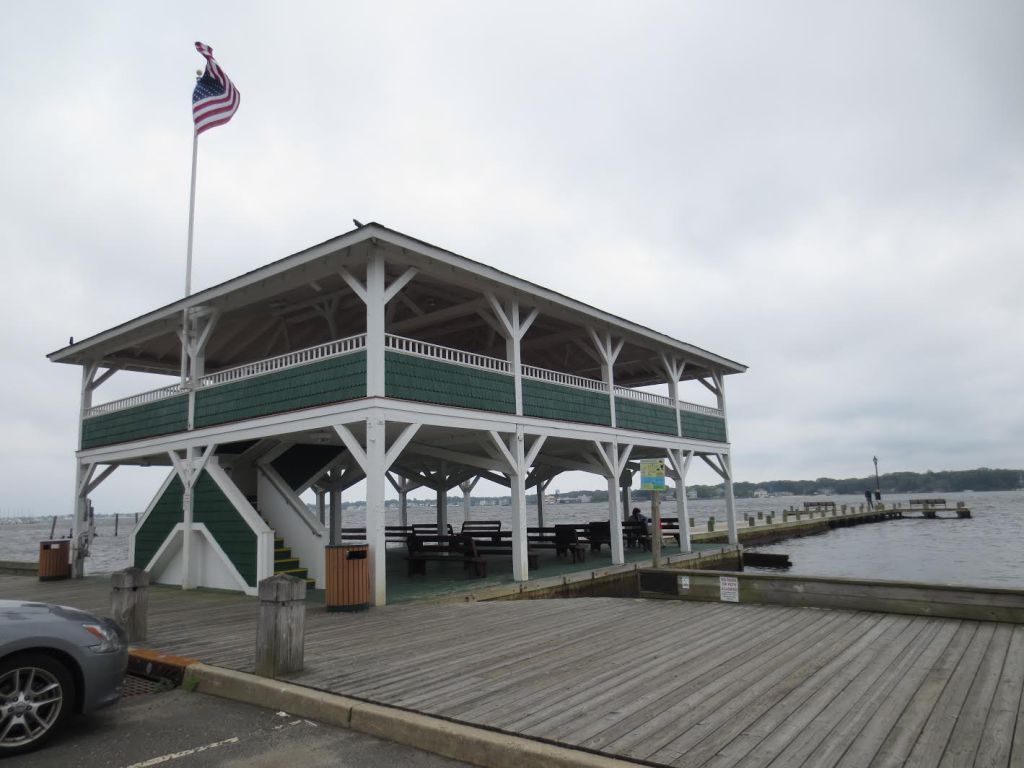

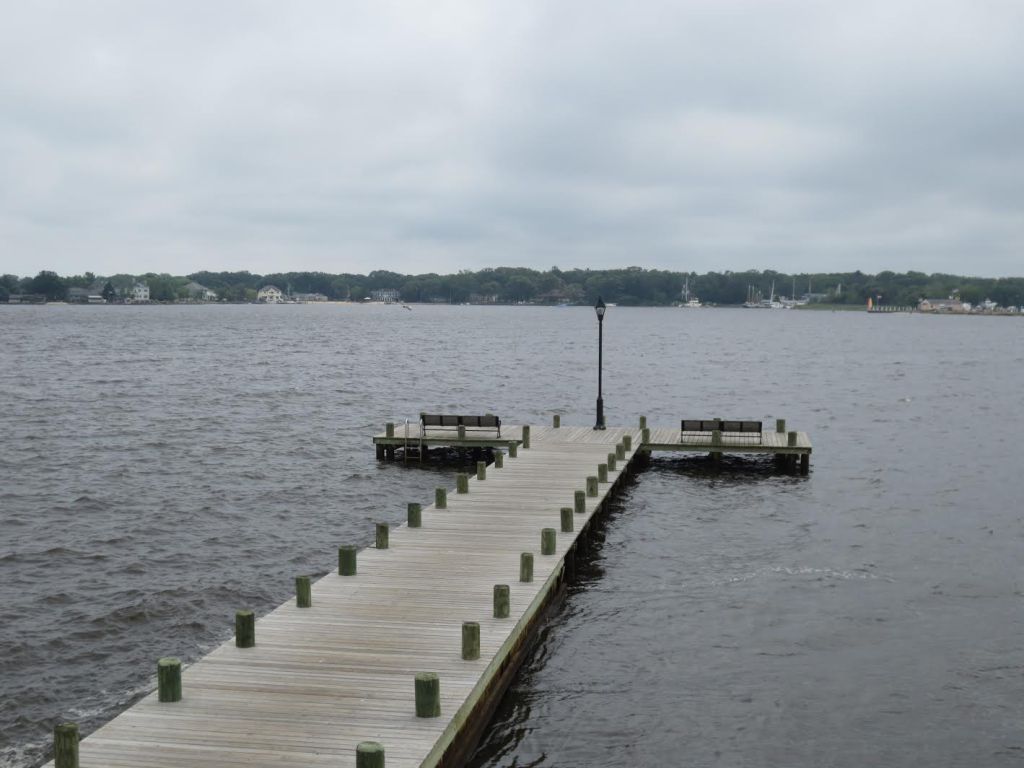
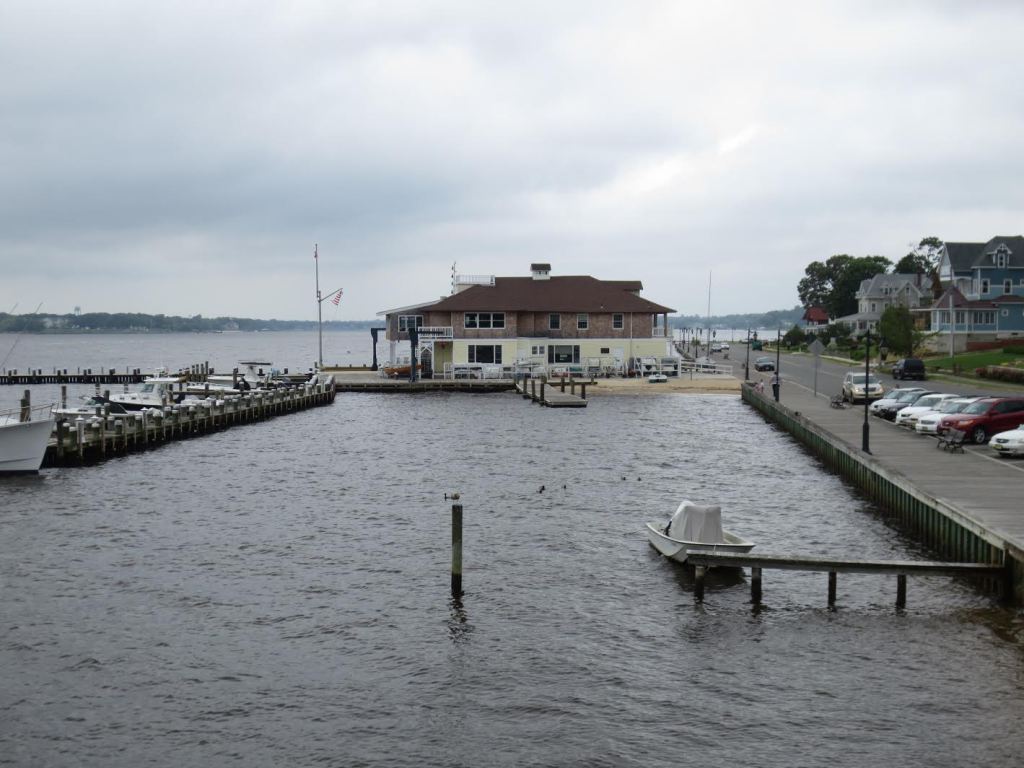
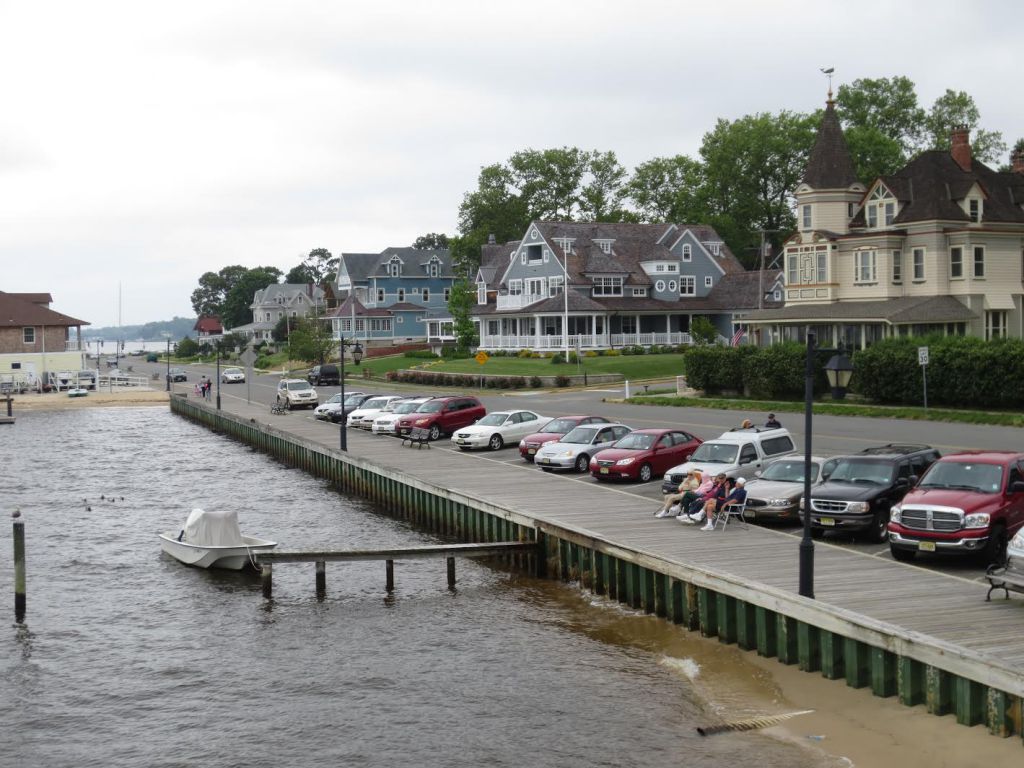
This gazebo is functional in this location. It’s a public amenity that adds value to the entire town. Everyone has equal access to the sheltered seating and can enjoy the waterfront as part of a larger promenade along the river.
from Google Maps
Wealthy families can afford to live in grand homes directly across from the water, but much more modest homes several blocks inland benefit economically from shared access to the promenade and gazebo. People are willing to pay significantly more for such homes in large part because they can walk down to the river and enjoy the benefits of the public realm. The town then collects taxes from that added value and uses the money to fund public works. The gazebo is part of a wealth generating strategy that also happens to be beautiful, joyful, and equitable.
from Google Maps
It helps to show an example of the opposite situation. Here a nearby island has been developed so that every inch of waterfront has been carved up for private homes. They enjoy exclusive access to the water. All the homes in the interior have no access at all. In most cases people living across the street can’t even see the water because of the wall of tightly packed homes on the shore. Property values for waterfront homes are very high and these homes are continually expanded and improved. All other homes sell for radically less and are more cautiously upgraded, if at all. It’s possible to live on an island in this manner and never experience the water. It’s a winner-take-all approach that sets up a two tiered economy by design.
Here’s a different gazebo that adorns the vacant parking lot of a real estate office. Next door is the Classic Car Wash and Executive Lube. Notice the wooden barrels planted with flowers proclaiming, “This is the country!” But the gazebo, built a generation ago in the hope of persuading casual visitors that this was a bucolic place to buy a home, is now in disrepair. The gazebo is lying. It’s a billboard advertising a defective product and has no useful purpose.
Pivot around and there’s an aging strip mall and a storm water retention pond hugging an eight lane arterial road. The gazebo is a talisman designed to suggest a pretty illusion, but reality overwhelmed the dream.
An aerial view shows that there is, in fact, a substantial amount of green open space in the area. But it’s trapped in useless little disjointed strips that add no value to nearby properties. The ingredients for a pleasant neighborhood exist, but they’re arranged in a way that precludes any potential appeal.
Just down the road another gazebo appears. No one will ever sit in this bit of kitsch on the edge of a strip mall parking lot. Again, it’s essentially an advertisement proclaiming, “This is a pastoral country environment!” And it isn’t true.
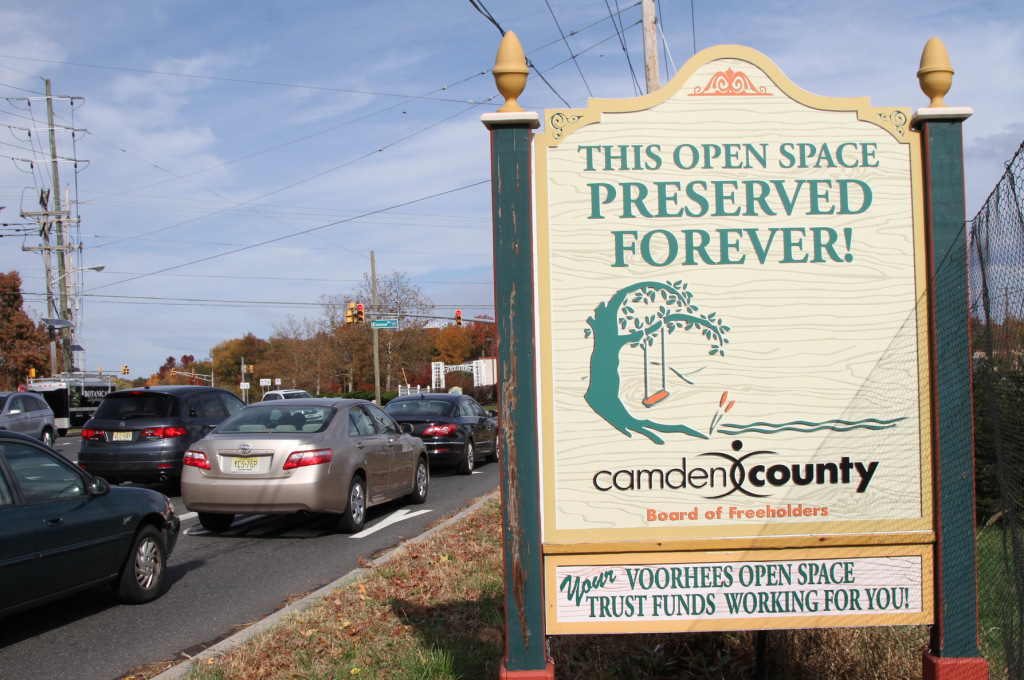
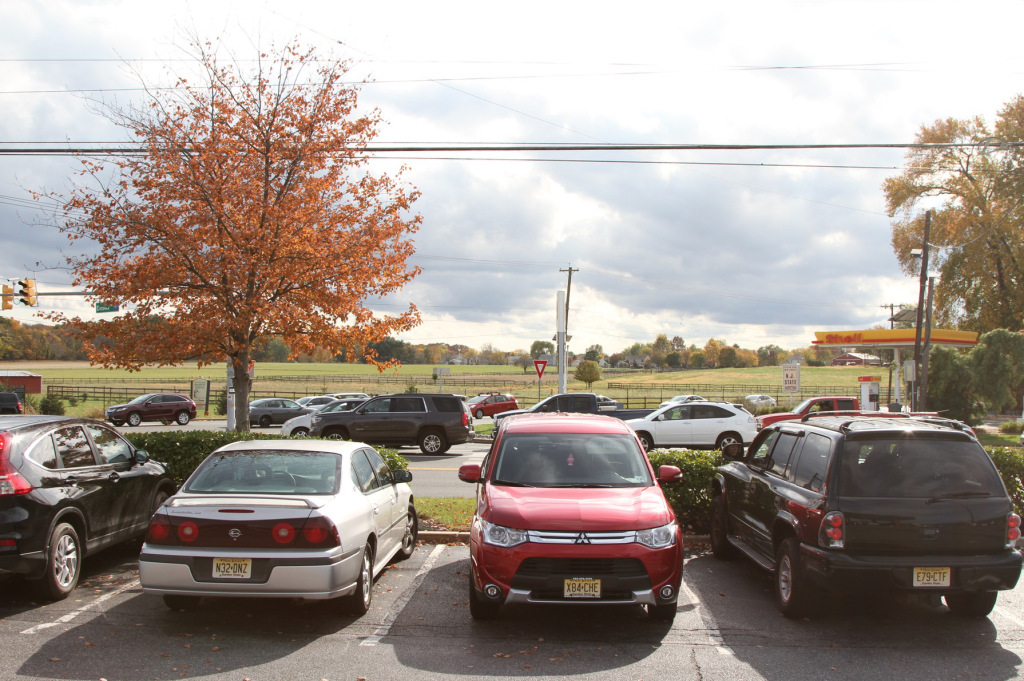
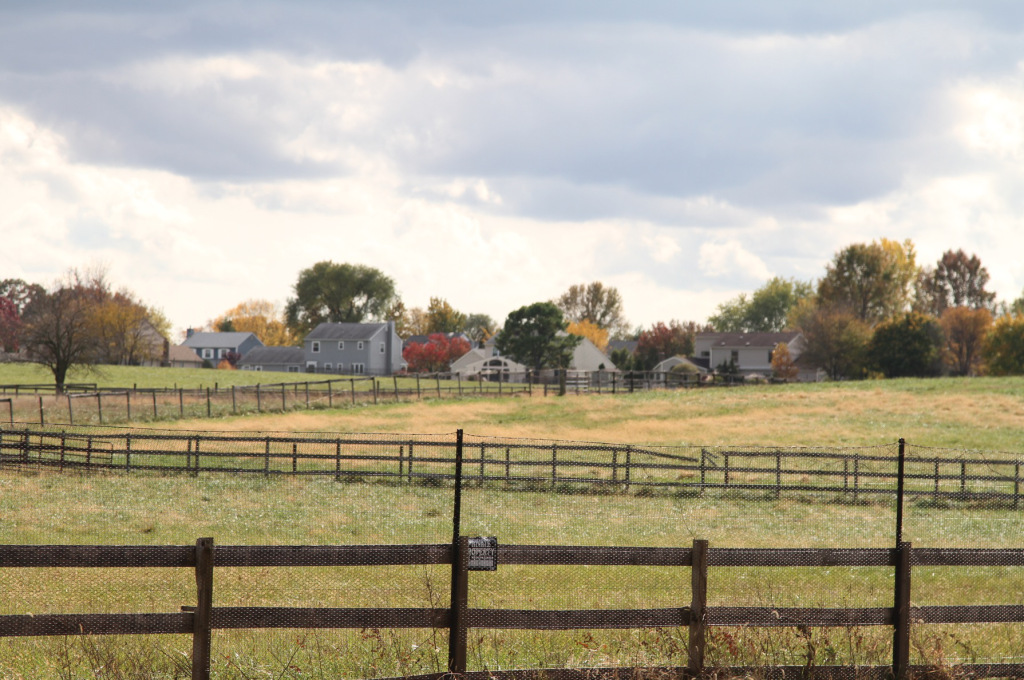
Directly across the street is a 100 acre farm that’s been protected forever. Sounds good, right? In this context a farm encircled by traffic, parking lots, and subdivisions does nothing for the neighborhood except prevent more subdivisions and strip malls from being built. The farm is fenced off and the objectionable aspects of productive agriculture (smells, noise, messiness) must be vigilantly contained since nearby residents have the authority to inflict pain on the farmer for non compliance of suburban standards. The community wants open space, but they don’t want it to be productive. They wouldn’t want the kinds of people who work as field hands living in their community and sending their kids to local schools either…

















